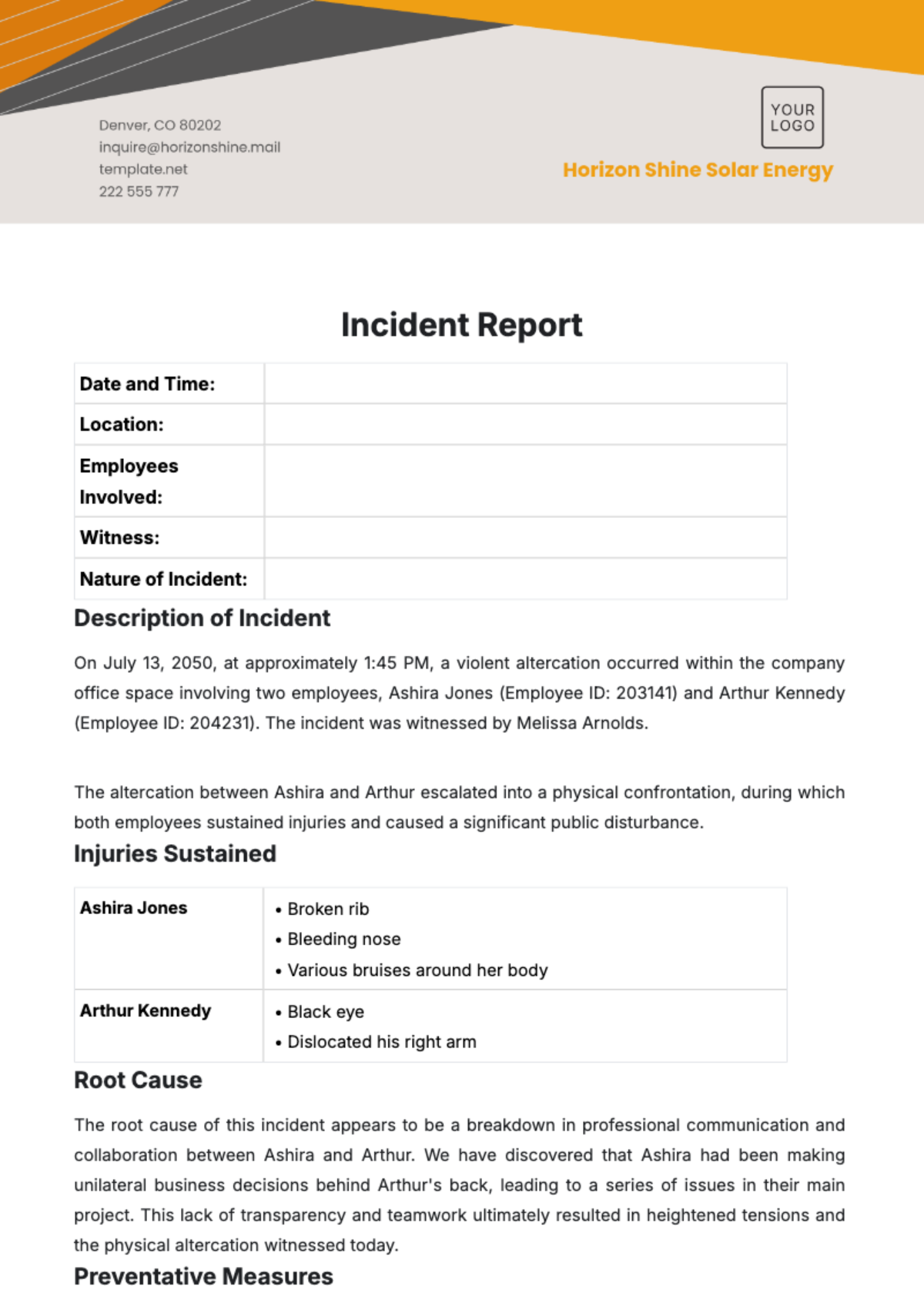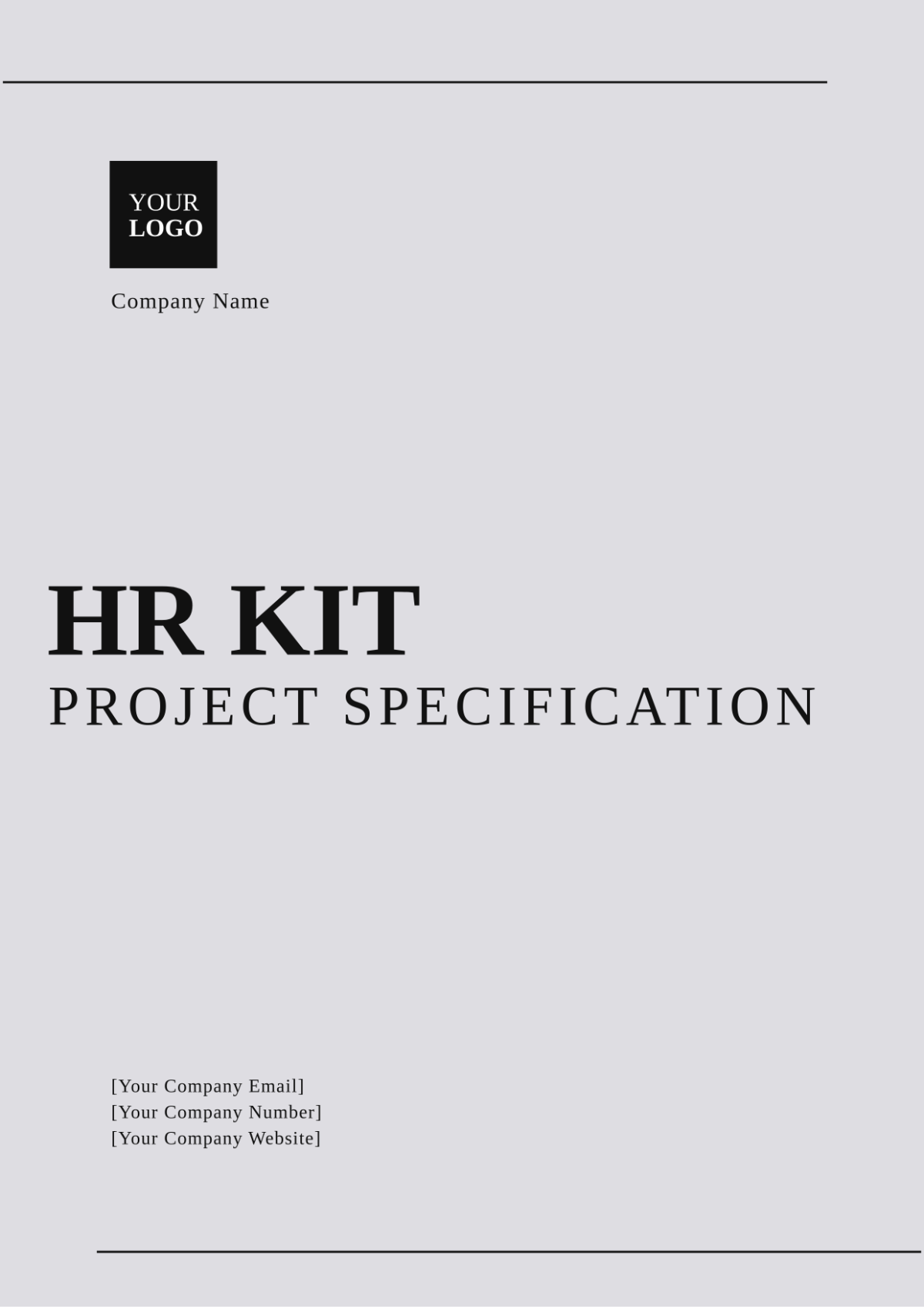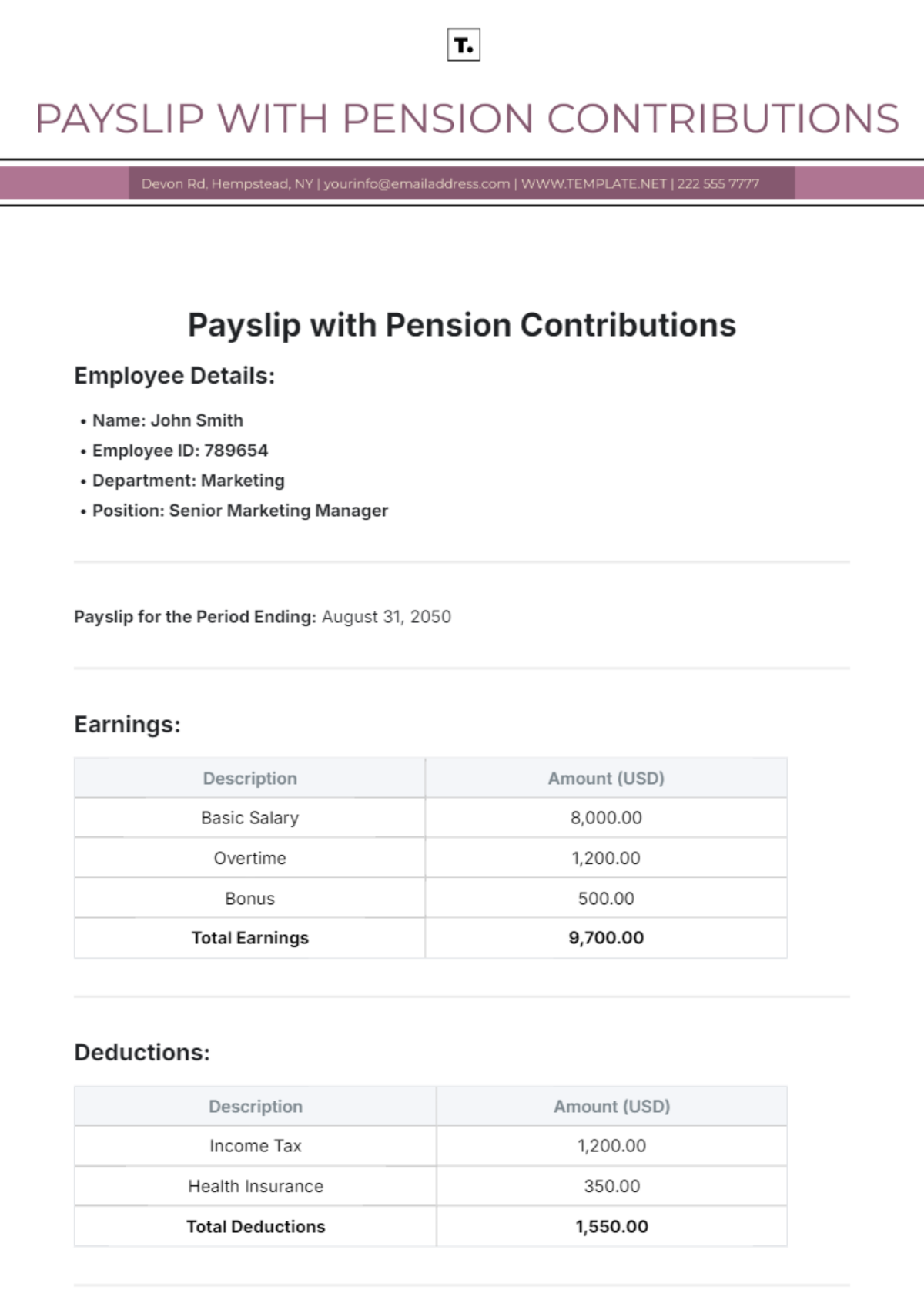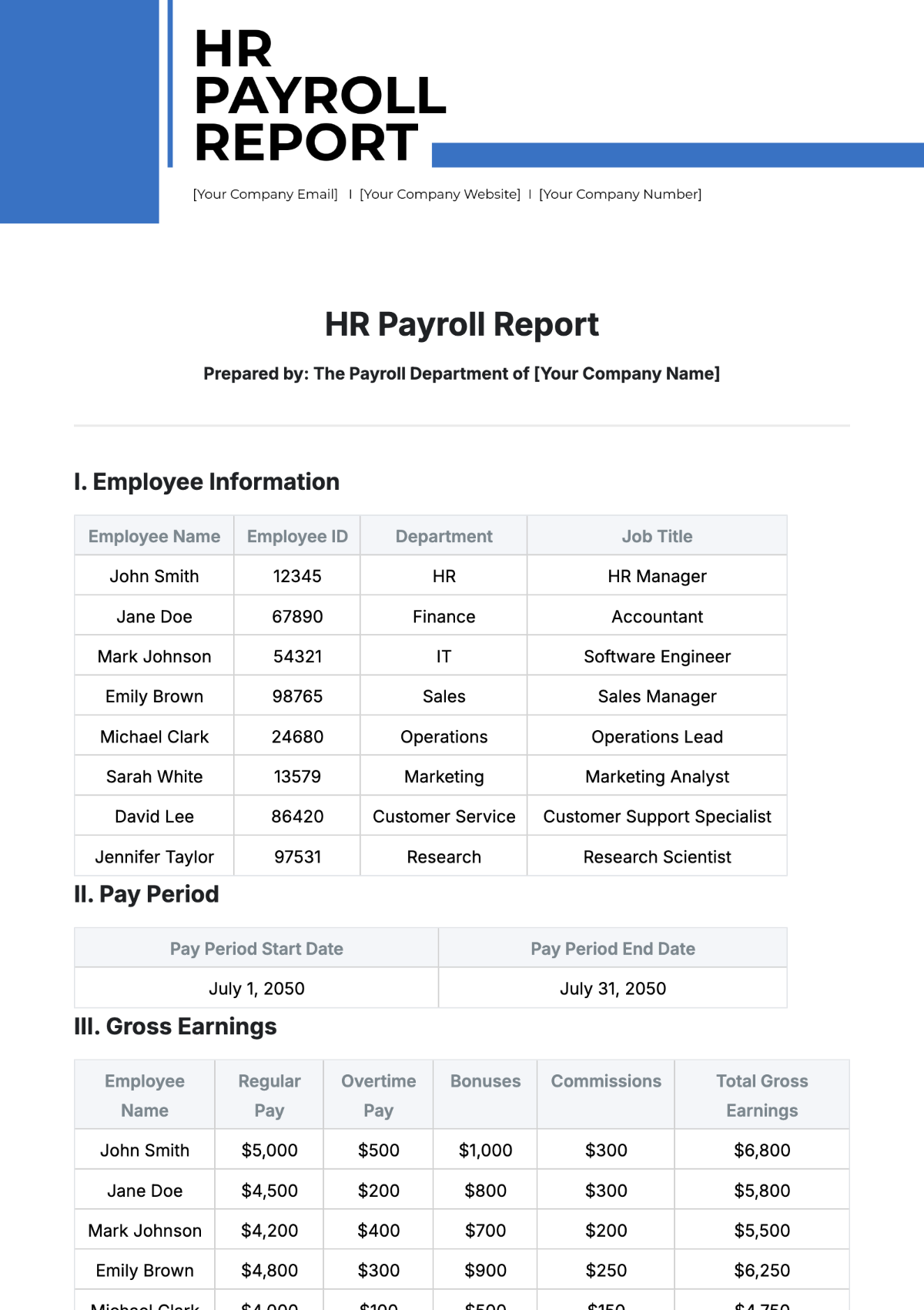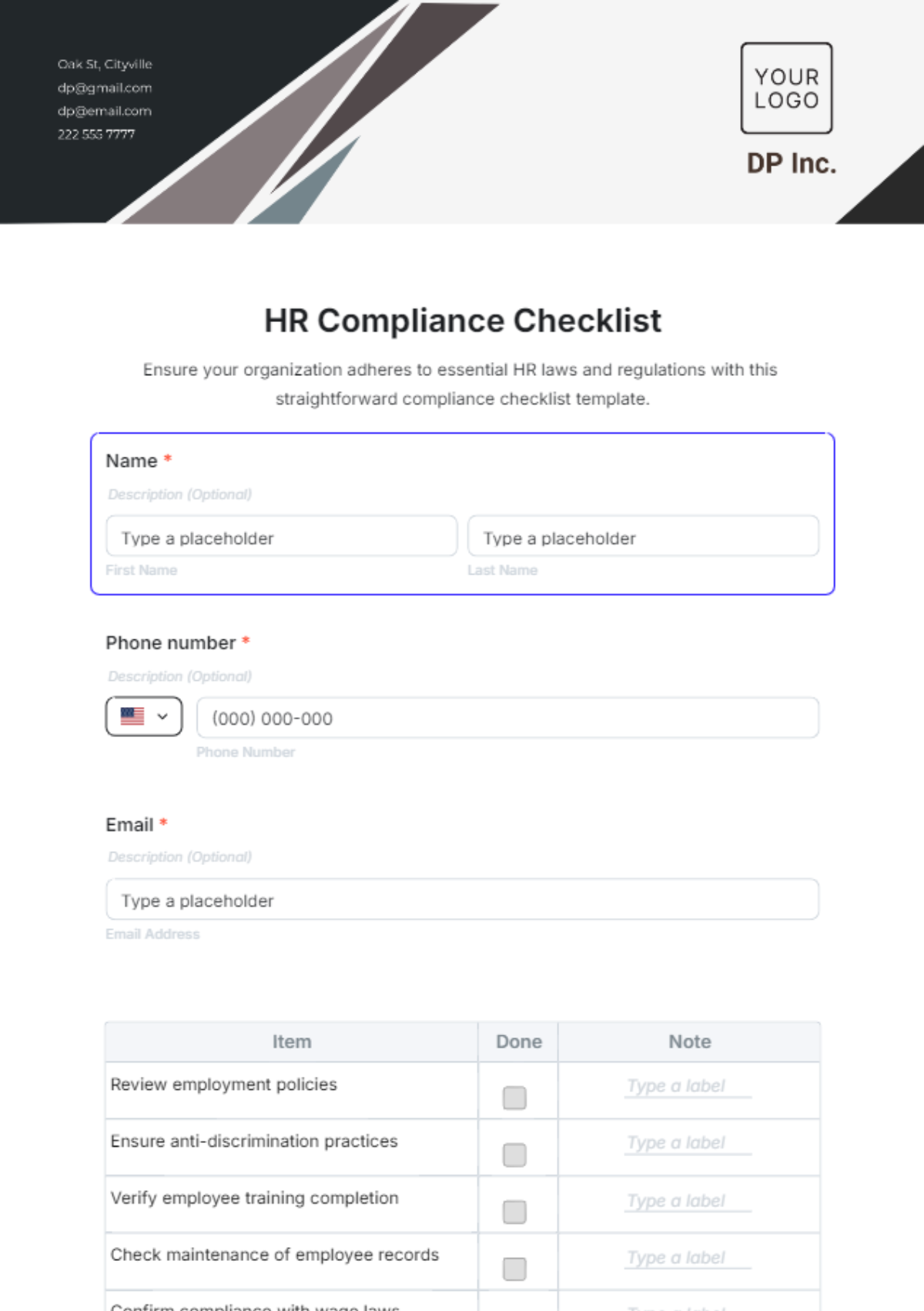E-Learning Content Creation Best Practices
TABLE OF CONTENTS
1. Introduction: ...............................................................................................................3
2. Audience Analysis: ....................................................................................................3
3. Learning Objectives: .................................................................................................3
4. Multimedia Integration: .............................................................................................3
5. Logical Organization: .................................................................................................4
6. Chunking Content: .....................................................................................................4
7. Interactivity: ................................................................................................................4
8. Self-Paced Learning: .................................................................................................4
9. Accessibility Considerations: ...................................................................................4
10. Consistency Across Content: .................................................................................4
11. Storytelling: ...............................................................................................................5
12. Assessment Methods: .............................................................................................5
13. Immediate Feedback and Remediation: ................................................................5
14. Responsive Design: ..................................................................................................5
15. Regular Content Updates: .......................................................................................5
16. Collaboration Opportunities: ...................................................................................5
17. Progress Tracking and Analysis: .............................................................................5
18. Gamification Elements: ............................................................................................5
19. Compliance with Standards: ...................................................................................6
20. Quality Assurance: ..................................................................................................6
21. Feedback Collection and Iteration: ........................................................................6
22. Conclusion: ..............................................................................................................6
23. Appendices: .............................................................................................................6
1. Introduction:
E-learning has become a vital component of modern education and training. To ensure its effectiveness, it's crucial to adhere to best practices in content creation. This document outlines key principles and guidelines for creating high-quality e-learning content.
2. Audience Analysis:
Understanding the learners is the foundation of effective content creation. Conduct thorough audience analysis to:
Identify demographics.
Assess prior knowledge.
Determine learning preferences.
Tailor content to meet specific needs and goals.
3. Learning Objectives:
Clearly defined learning objectives are essential for content creation. Objectives should be:
Specific
Measurable
Achievable
Relevant
Time-bounded
Define objectives for each module or lesson to guide content development effectively.
4. Multimedia Integration:
Utilize a variety of multimedia elements, such as:
Videos
Images
Audio
Interactive simulations
These elements enhance engagement and aid in explaining complex concepts.
5. Logical Organization:
Structure content logically:
Start with basics and progress to advanced topics.
Use headings, subheadings, and bullet points for clear content organization.
A logical flow facilitates better comprehension.
6. Chunking Content:
Divide content into manageable chunks or modules, with each chunk focusing on a specific topic or concept. Chunking helps learners digest information more effectively.
7. Interactivity:
Incorporate interactivity to engage learners actively. Elements like quizzes, polls, and simulations enhance participation and knowledge retention.
8. Self-Paced Learning:
Offer flexibility for learners to progress at their own pace. Self-paced learning accommodates diverse learning styles and allows for content review as needed.
9. Accessibility Considerations:
Make content accessible to all learners, including those with disabilities.
Provide:
Alt text for images.
Closed captions for videos.
Accessibility ensures inclusivity.
10. Consistency Across Content:
Maintain a consistent design, style, and tone throughout the e-learning course. Consistency creates a cohesive learning experience and reduces cognitive load.
11. Storytelling:
Incorporate engaging storytelling or real-world examples into content. Stories make material relatable and memorable, aiding in the comprehension of complex concepts.
12. Assessment Methods:
Include both formative assessments (quizzes, assignments) and summative assessments (final exams, projects). Formative assessments provide ongoing feedback, while summative assessments evaluate overall mastery.
13. Immediate Feedback and Remediation:
Offer immediate feedback on assessments. If a learner answers incorrectly, provide explanations and guidance for improvement. This promotes a deeper understanding of the material.
14. Responsive Design:
Ensure that content is responsive and can adapt to different devices (desktop, tablet, mobile). Responsive design enhances accessibility and usability.
15. Regular Content Updates:
Periodically review and update content to reflect the latest information and technologies. Outdated content can lead to learner disengagement.
16. Collaboration Opportunities:
Encourage collaboration through discussion forums or collaborative projects. Collaboration enhances learning through shared insights and experiences.
17. Progress Tracking and Analysis:
Implement Learning Management System (LMS) tracking tools to monitor learner progress. Analyze data to identify areas for improvement and content adaptation.
18. Gamification Elements:
Gamify content with elements such as badges, leaderboards, and rewards. Gamification boosts motivation and participation.
19. Compliance with Standards:
Ensure content adheres to e-learning standards like SCORM or xAPI. Compliance ensures compatibility with various platforms and Learning Management Systems (LMSs).
20. Quality Assurance:
Conduct thorough quality checks to eliminate errors in content, navigation, and functionality. Quality assurance is essential for a seamless learning experience.
21. Feedback Collection and Iteration:
Solicit feedback from learners, instructors, and stakeholders. Use feedback to make continuous improvements to the e-learning content, enhancing its relevance and effectiveness.
22. Conclusion:
Effective e-learning content creation is a dynamic process that involves understanding your audience, setting clear objectives, incorporating multimedia elements, organizing content logically, and ensuring accessibility and interactivity. Regular updates, collaboration opportunities, and gamification elements enhance engagement and motivation.
By adhering to these best practices, you can create e-learning content that not only facilitates effective learning but also inspires and empowers learners on their educational journey.
23. Appendices:
Sample Learning Objectives: Examples of well-defined learning objectives for various subjects and levels.
Subject: Mathematics
Objective: By the end of this module, learners will be able to solve algebraic equations with one variable.
Objective: Learners will be able to calculate the area and perimeter of geometric shapes, including triangles, rectangles, and circles.
Objective: Understand and apply the concept of probability in real-world scenarios.
Subject: Language Arts
Objective: Improve reading comprehension skills by identifying main ideas and supporting details in texts.
Objective: Enhance writing skills through the creation of well-structured essays with proper grammar and punctuation.
Objective: Develop effective communication skills for public speaking and presentations.
Accessibility Checklist: A comprehensive checklist to ensure content accessibility.
Visual Elements:
All images have alt text.
Videos have closed captions.
Text and background colors provide sufficient contrast.
Fonts are readable and scalable.
Navigation:
Content is navigable using keyboard controls.
Menus and buttons are labeled clearly.
Logical reading order is maintained for screen readers.
Interactive Elements:
All interactive elements are keyboard accessible.
Forms and quizzes have clear instructions and error messages.
Captions or descriptions accompany non-text content (e.g., charts, graphs).
Content Structure:
Proper use of headings and subheadings for content structure.
Lists and tables are formatted correctly.
Consistent layout and formatting across all pages.
Content Update Schedule: A template for planning and tracking content updates.
Module/Topic | Last Updated | Next Update Due |
Module 1: Introduction | October 23, 2050 | October 23, 2054 |
Module 2: Advanced Concepts | October 23, 2050 | October 23, 2054 |
Module 3: Practical Exercises | October 23, 2050 | October 23, 2054 |
Module 4: Final Assessment | October 23, 2050 | October 23, 2054 |
Gamification Ideas: A collection of gamification ideas and strategies for e-learning.
Badge System: Implement a badge system where learners earn badges for completing modules or achieving specific milestones.
Leaderboards: Create a leaderboard to showcase top-performing learners and foster healthy competition.
Virtual Rewards: Offer virtual rewards like virtual currency or tokens that learners can redeem for real or virtual prizes.
Story-Based Challenges: Develop story-based challenges where learners progress through scenarios, making decisions that impact the outcome.
Time-Based Challenges: Design timed quizzes or challenges to encourage learners to complete tasks efficiently.
Progress Bars: Include progress bars to visually represent learner advancement through the course.
Avatars and Customization: Allow learners to create and customize avatars that reflect their progress and achievements.
Peer Review: Incorporate peer review activities where learners assess and provide feedback on each other's work.
Narratives and Storytelling: Weave storytelling elements into the content to engage learners on an emotional level.
Feedback Survey Template: A sample survey template to gather feedback from learners.
Please rate the following aspects of the course. Place a checkmark on the space that corresponds to your response.
Strongly Disagree | Disagree | Average | Agree | Strongly Agree | |
Content Relevance | ✔️ | ||||
Clarity of Learning Objectives | ✔️ | ||||
Multimedia Integration | ✔️ | ||||
Interactivity | ✔️ | ||||
Accessibility | ✔️ | ||||
Consistency | ✔️ | ||||
Feedback and Assessment | ✔️ | ||||
Gamification Elements | ✔️ | ||||
Overall Satisfaction | ✔️ |
Suggestions for Improvement:


